How To Plan An Unforgettable African Safari, According To An Expert
A certified safari guide reveals key tips to planning the perfect African wildlife trip.
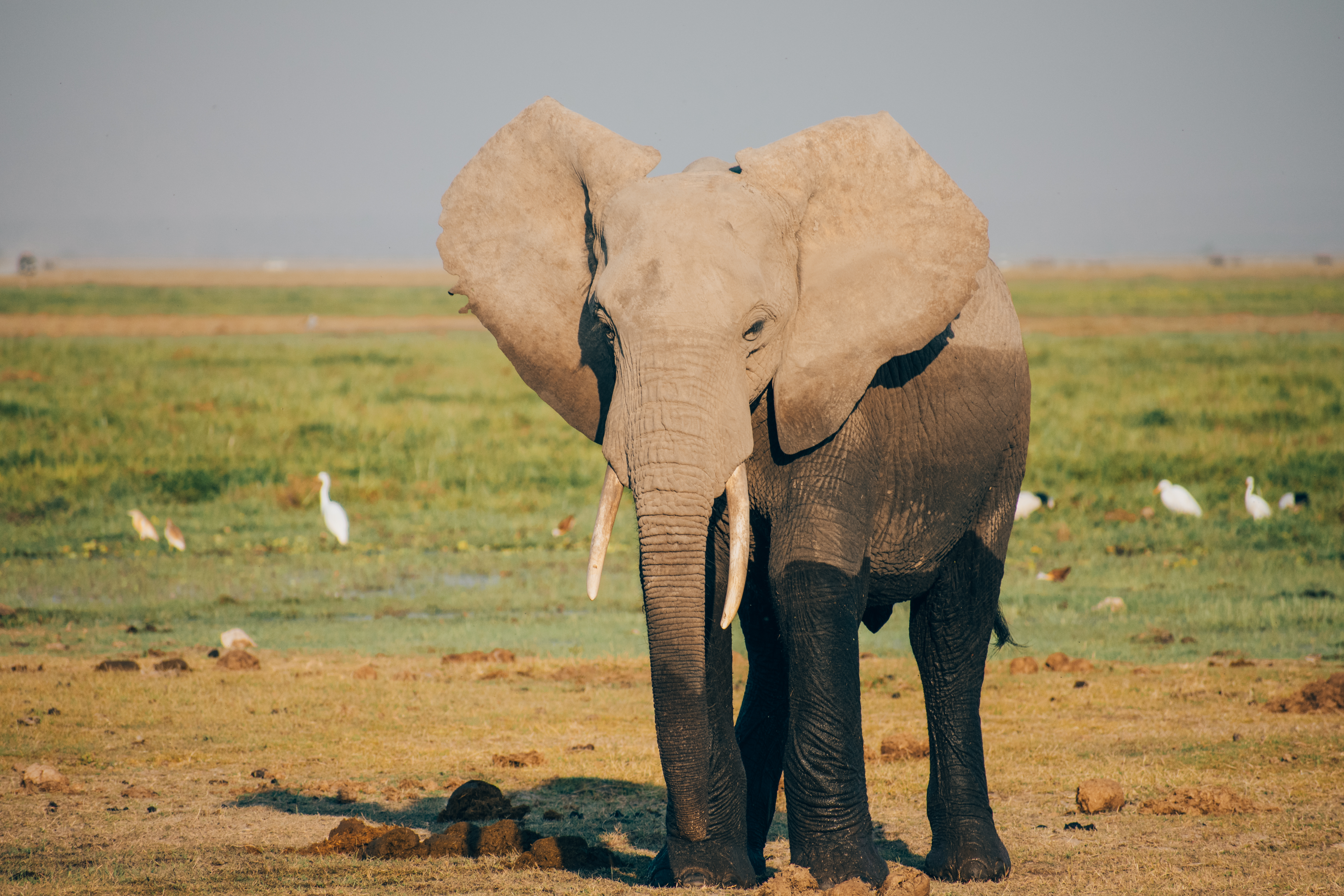
“I never knew of a morning in Africa when I woke up that I was not happy,” Ernest Hemingway famously said of his travels in Kenya and Tanzania. The legendary writer set off on a three-month safari in the summer of 1933 that ended up inspiring much of his work thereafter. Hemingway was notoriously well-traveled—but like most travelers finally ticking Africa off their list, a safari was unlike anything he had yet experienced.
Planning and executing an African safari is still considered a prestigious bucket-list item for many travelers, and it’s easy to see why. Where else will you get the chance to get up close and personal with a lion in its natural habitat or observe a family of elephants drinking at their watering hole?
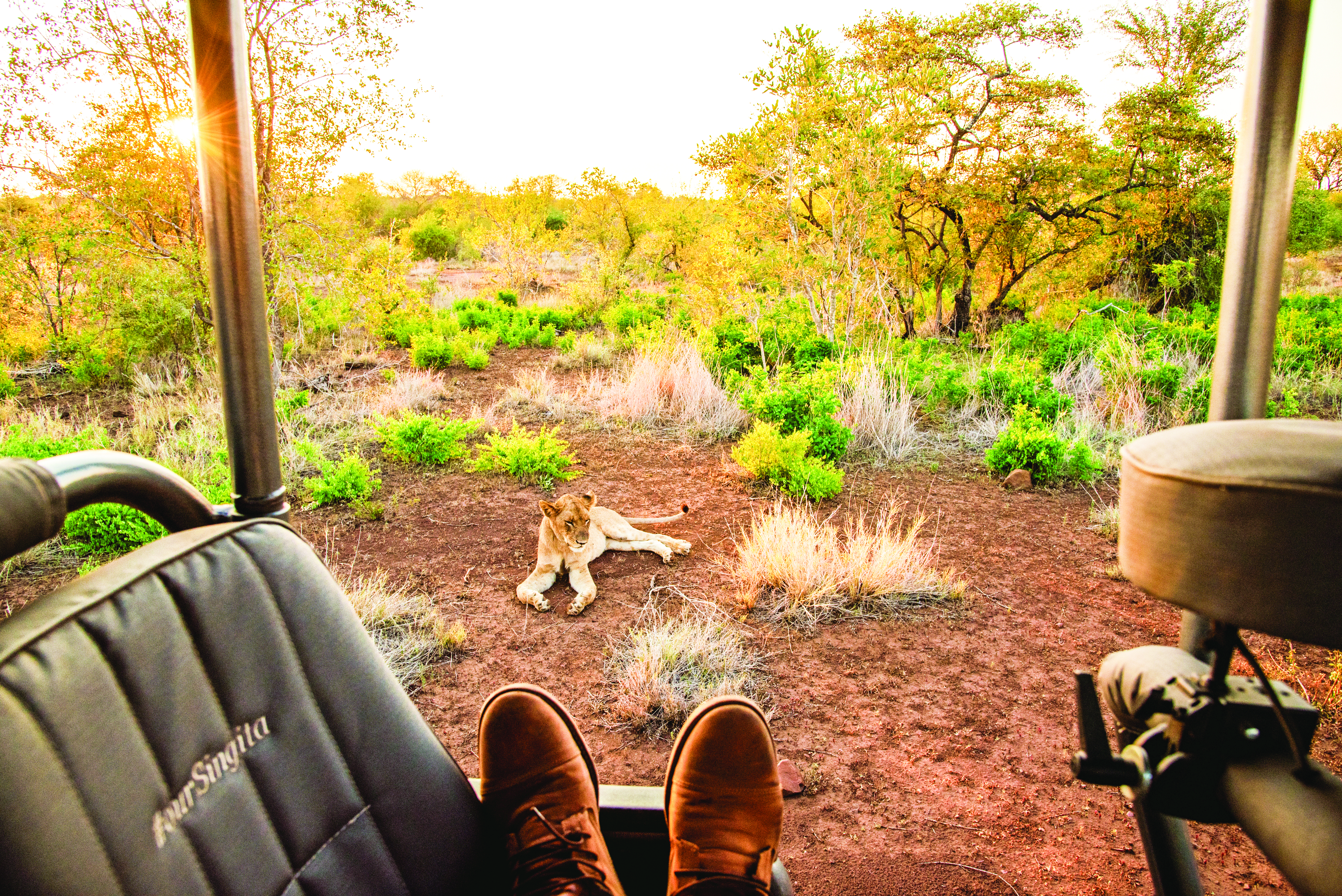
That said, planning a safari in Africa can be a daunting task; there’s a lot to take into account to ensure you’re booking the exact trip you want. We spoke to Jesse Hartig, a certified safari guide and Contiki tour manager to get his insights on exactly what travelers should anticipate and prepare for when planning a safari in Africa.
Here are Hartig’s top African safari tips, covering everything optimal animal sighting seasons to what what you should be packing in your rucksack:
Consider The Time Of Year
Being based in the Southern Hemisphere, South Africa has opposite weather systems/seasons when compared to the Northern Hemisphere. You need to decide if the season you’re planning to travel to this beautiful country fits your ideals, points out Hartig.
“Animals, especially large cats, can tend to be less active on hot summer days. This can sometimes also be uncomfortable for certain travelers to be out in the hot African sun during the safari,” explains Hartig.
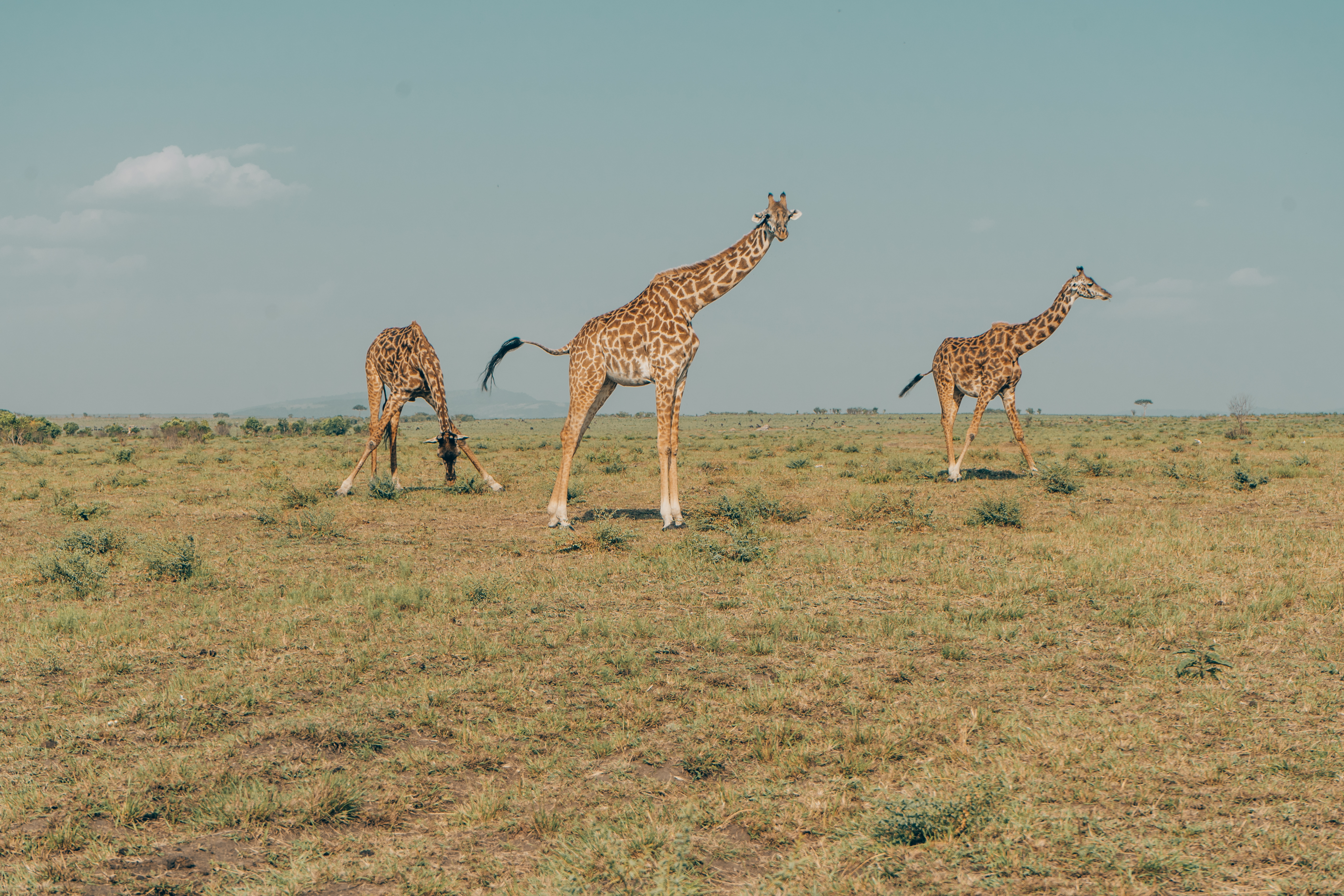
“The summer months are the most beautiful time of year as everything comes to life. You’ll see newborn young animals, especially antelope, and lots of beautiful birds gaining their colors that have been dormant throughout the winter months as they patiently wait prepare to attract their mates for breeding.”
Hartig pointed out that winter is known as the best time for safari as there are more moderate/milder temperatures and it is very comfortable to go out and look for game. “Keep in mind peak winter can bring cold mornings and evenings, but animals seem to be more active during the day as temperatures are not as high,” he explains.
“This is also a great time to optimize the chance of finding and viewing large cat species as the bush is not as thick as in summer and water is scarce, so the concentration of animals tends to radiate around the water sources in limited areas. There’s very little bug activity too.”
Plan What You Want To See & Do
This is a massive question you need to ask yourself: Are you a first-time safari goer? Are you looking to see specific species of animals or just trying to tick as many species off the list as possible?
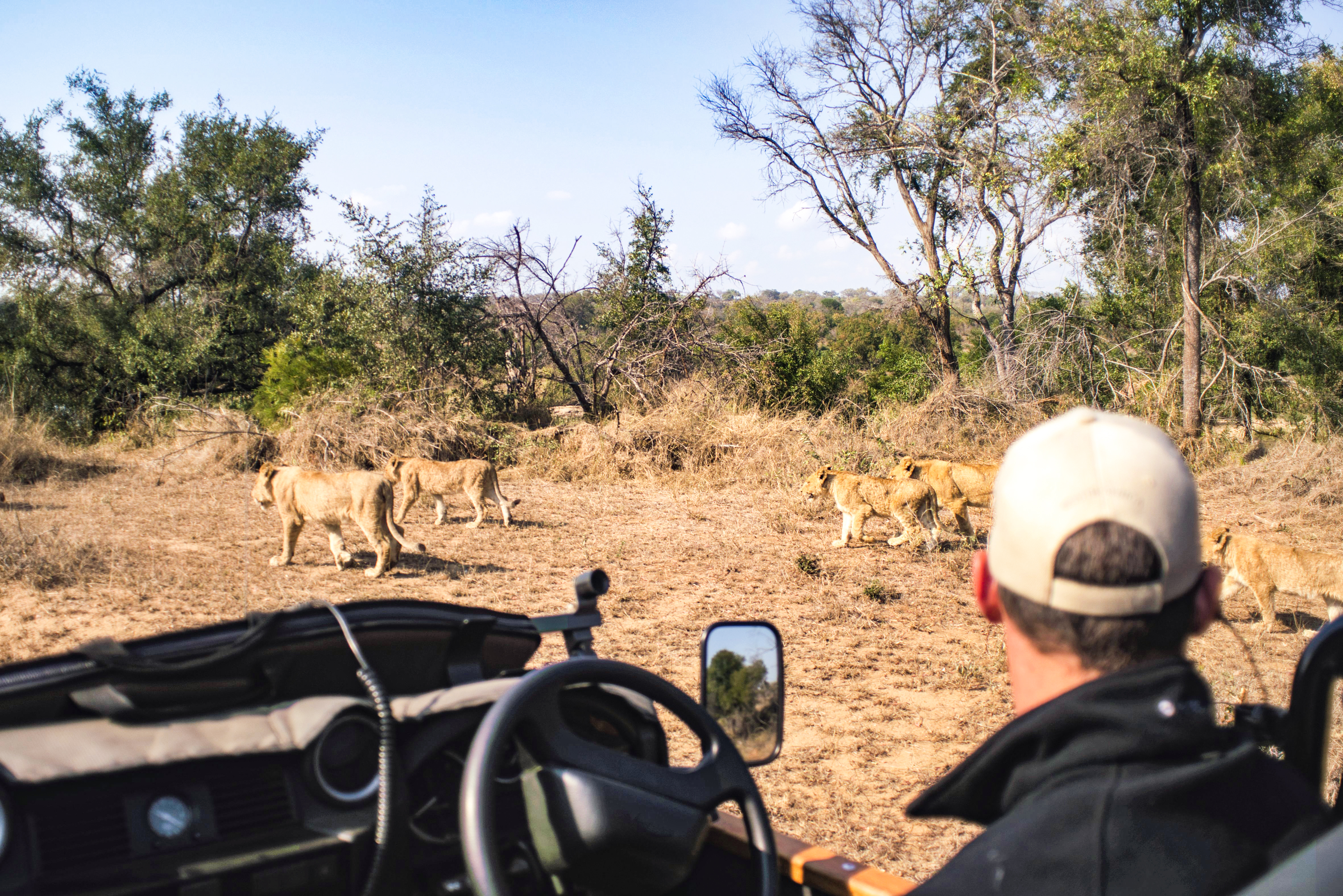
“Choosing where you go in Africa—whether it’s Southern Africa or East Africa—for the most part will provide you with the opportunity to see the big five along with many additional amazing species of animals. But each reserve in different geographical locations provides different opportunities, as some reserves lack certain species that others have but may have certain species of animals that are also specific to that region,” says Hartig.
If you are looking for something specific like the “great migration” of millions of zebra and wildebeest in East Africa, then time and place matter. This breathtaking stampede occurs year-round in a clockwise circle rotating through Kenya and Tanzania.
Potential safarists should also decide how many other experiences with food, culture and other activities they’d like to schedule. “If you are all about the safaris then East Africa is for you,” Hartig points out. “Southern Africa might be better if you want to experience other cultural experiences outside of wildlife.”
Pack Appropriately
You’ve probably seen folks on social media posing from Africa in ripstop and khaki—and there’s a good reason safari travelers opt for light-colored clothing.
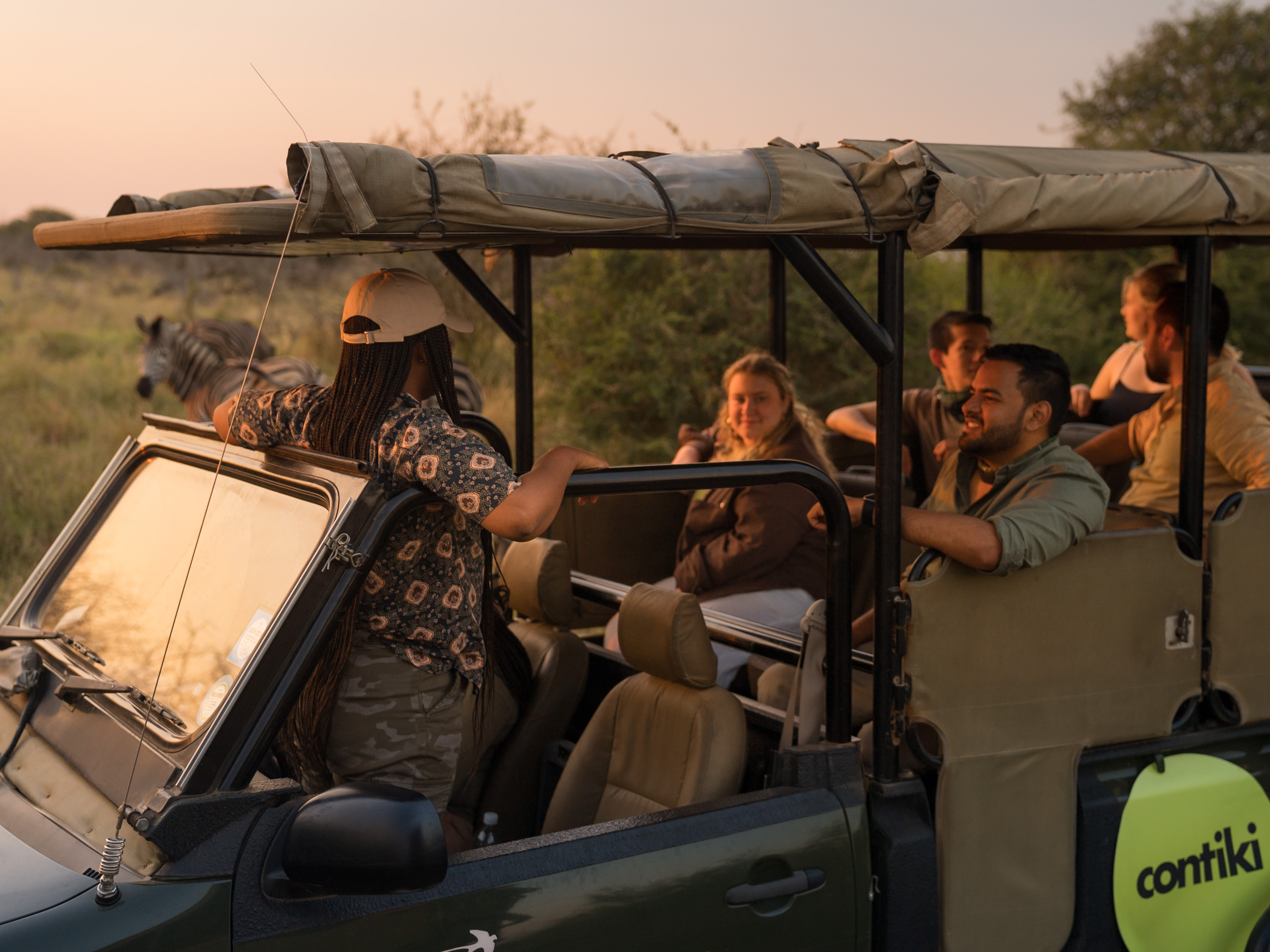
“Lightweight neutral-colored clothing like cotton is best—especially in summer,” says Hartig. “Avoid bright colored clothes for safari, which can spook animals and attract insects; khaki really is best.”
Hartig also added that you’ll want to bring layers for all types of weather to prepare yourself. Closed-toe shoes, hats, sunscreen, and insect repellent help ensure you’ll be comfortable.
Hartig also suggests bringing your own medical kit—especially in the summer—with over-the-counter painkillers, allergy medicine, eyedrops, electrolytes and vitamins.
He urges travelers to bring anti-malarial drugs if you plan to visit areas such as Kruger, Okavango, Delta, and/or East Africa. In terms of gear, you’ll absolutely want to bring binoculars and a camera with extra batteries and memory cards.
Consider Booking With A Group
“Not only is this a safer way to travel for a safari in African countries, but traveling with a group also allows shared memories of breathtaking and emotional moments you have always dreamed of out in the African bushveld,” says Hartig. “The sightings you can’t stop talking about around the campfire at the end of the day with other fellow travelers are the best parts of these experiences.”
“In my experience as a safari guide before becoming a Contiki tour manager—I have been in the industry for 12 years—I can personally say that solo travel, especially in Africa, may be at times challenging in some locations more than others,” says Hartig, adding that logistics on its own can be a nightmare at times.
“Depending on the seasons of tourism, independent travelers will have to compete with the millions of tourists that come over here for the exact reason and have to find a spot for their bookings on safaris and accommodation, and this is not always easy.”
Cash Is King
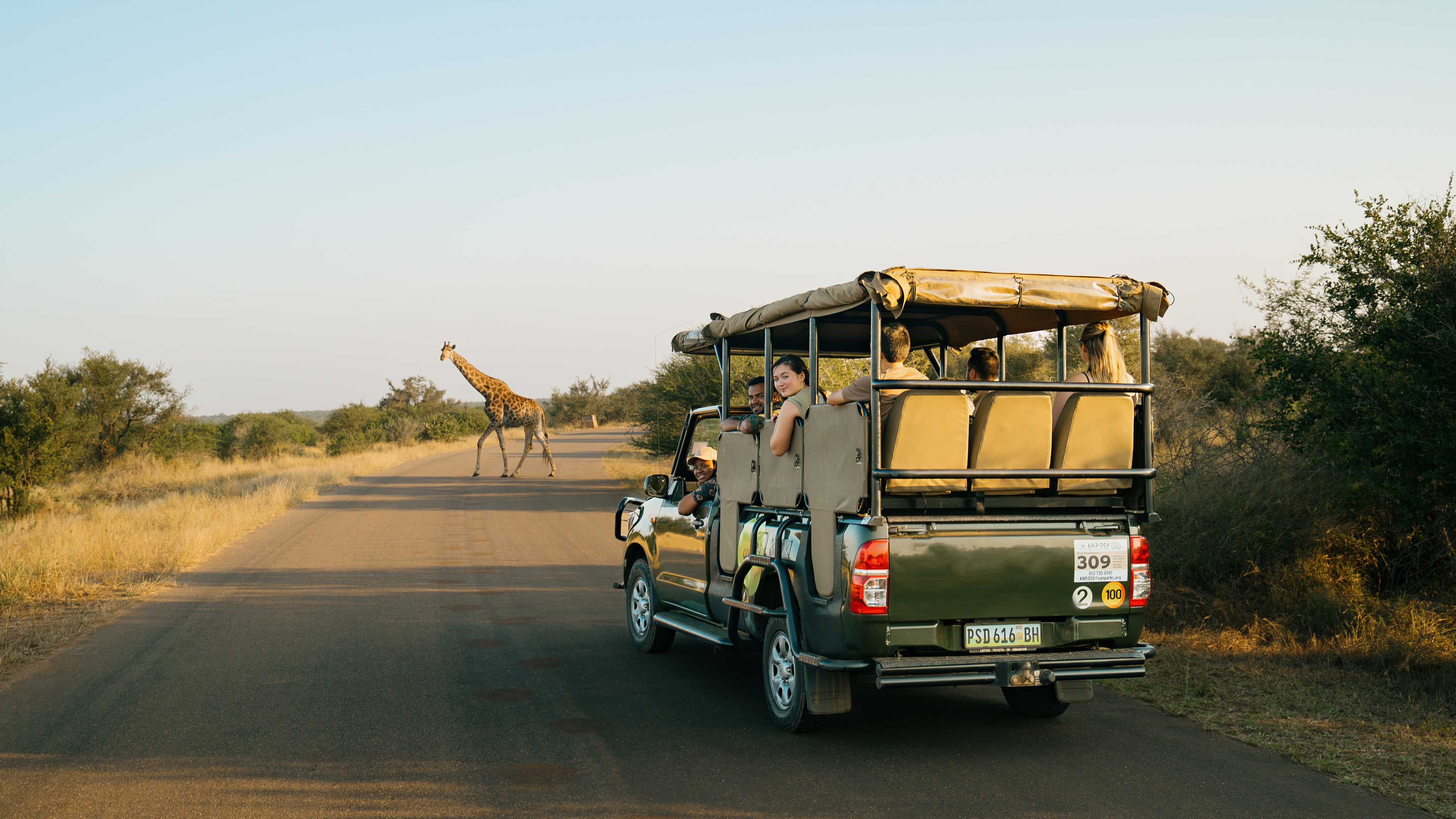
“Cash is king in Southern Africa, especially due to power issues we are having with loadshedding, which is essentially no electricity for a few scheduled hours a day throughout the country,” says Hartig.
“Even if you do have luck using your cards, cash can be used to pay for certain things, tip guides along the way, buy arts and crafts from local street vendors and also, if you’re out as a group and have a combined bill, it’s easiest with cash.”
Hartig also points out that bartering is the name of the game when buying arts and crafts from local street vendors and in markets; it’s not considered offensive or rude to barter—in fact, it’s expected. You can easily get the price down to 40 percent of the original ask, and it’s even easier to do so if you’re carrying cash.
